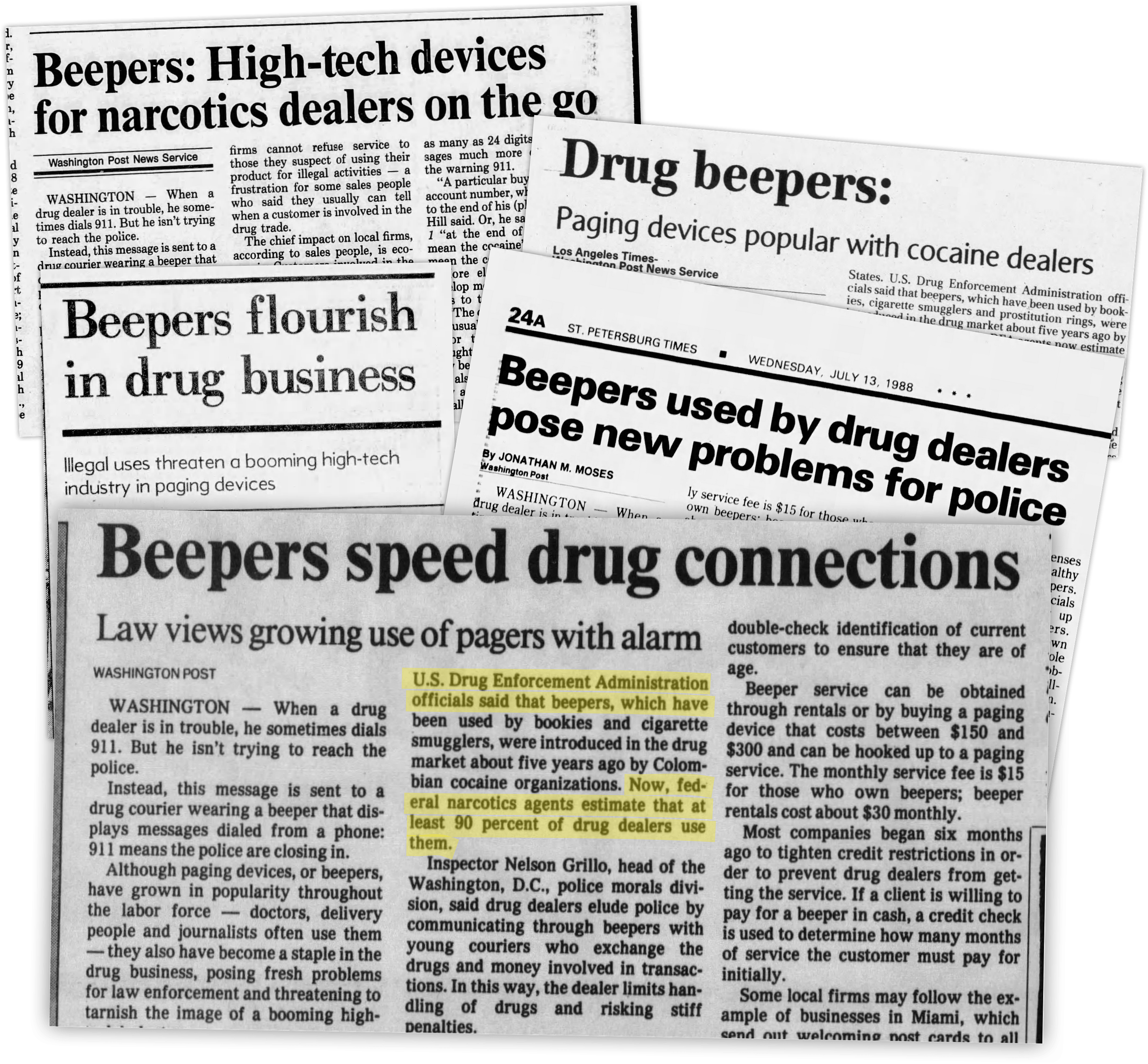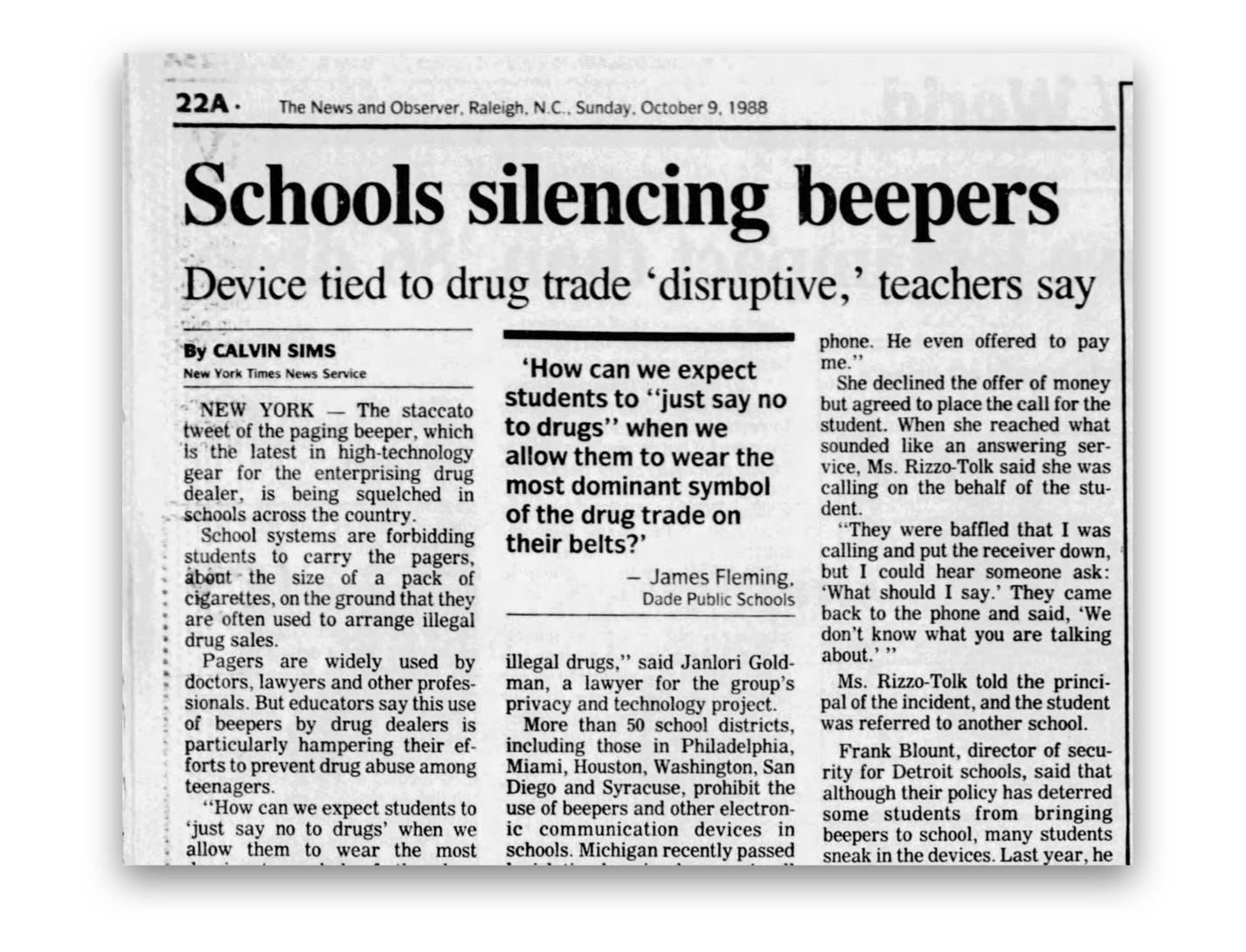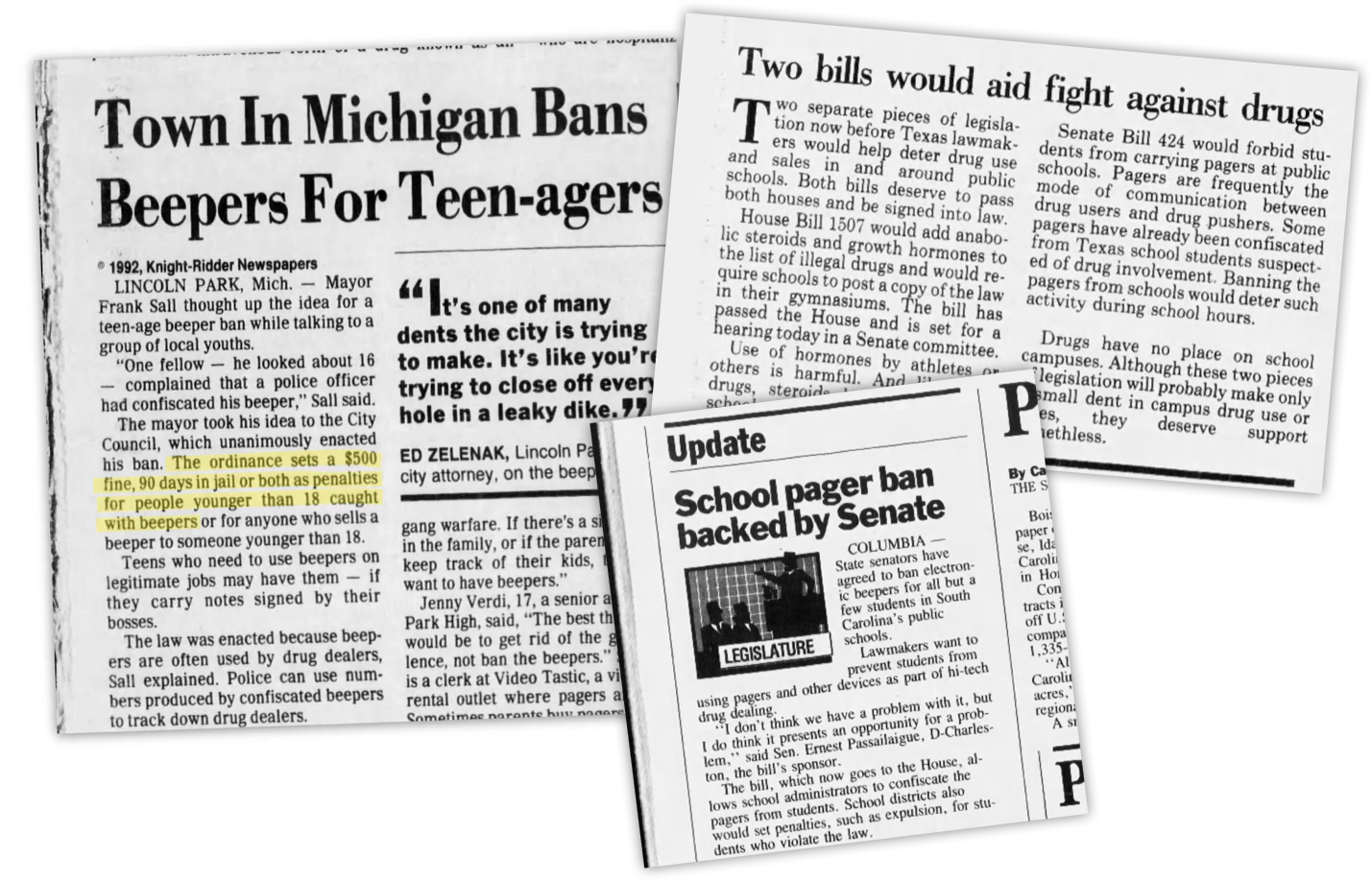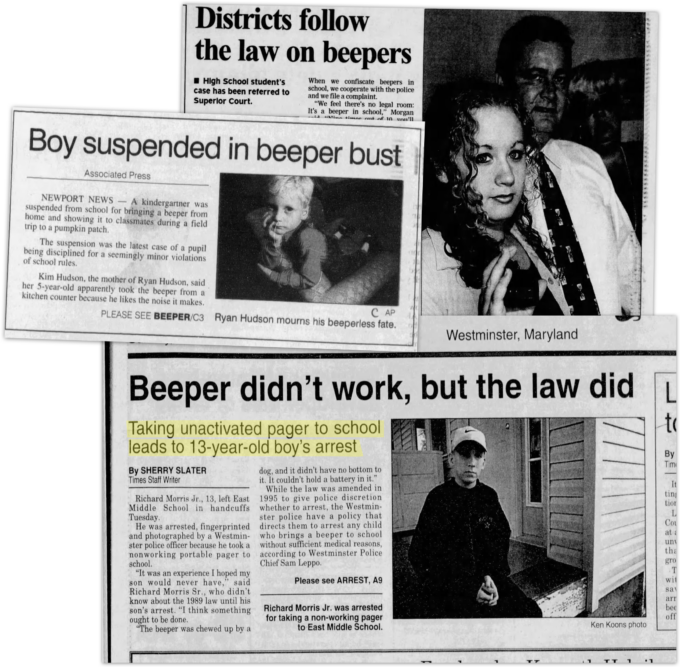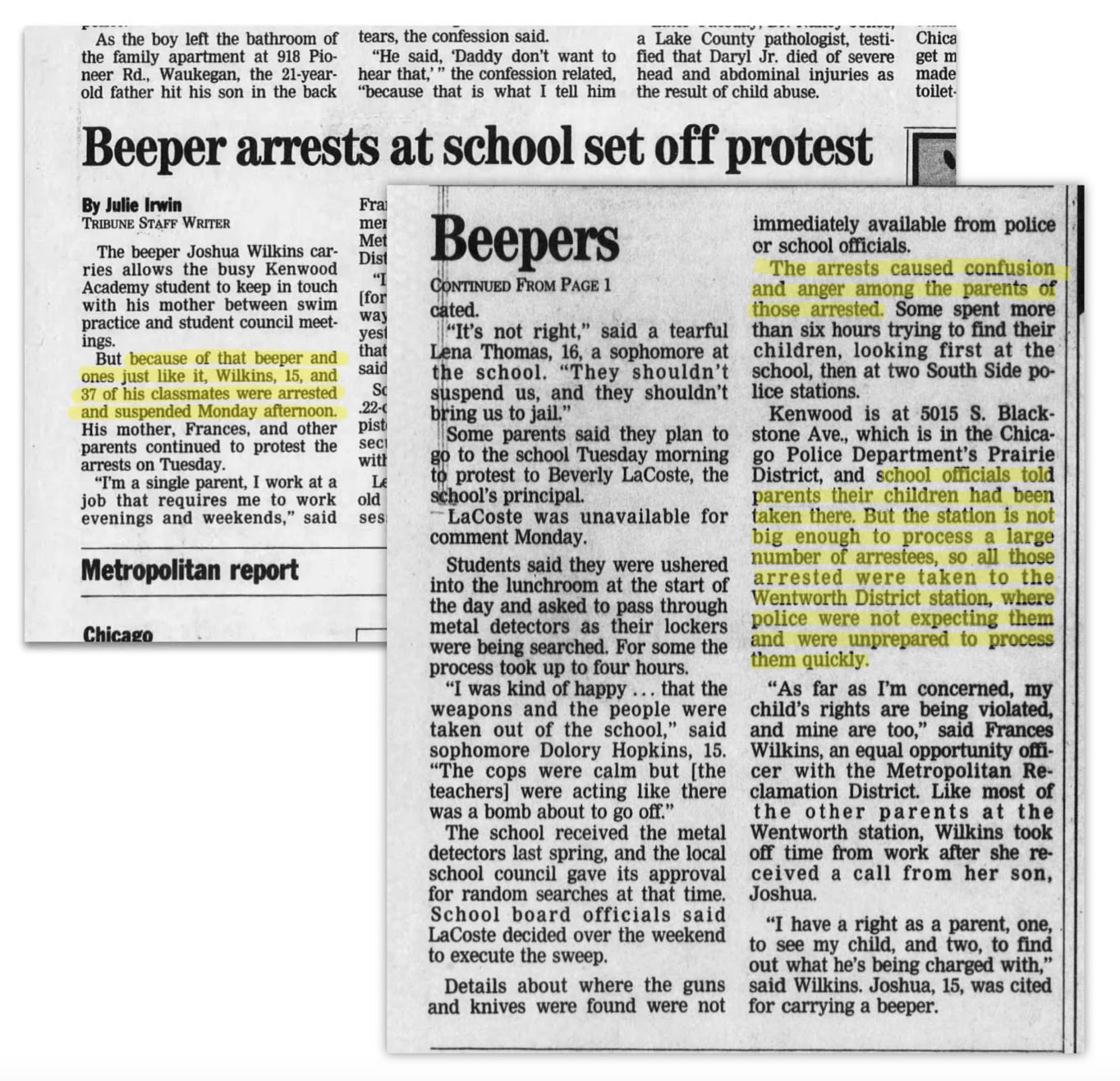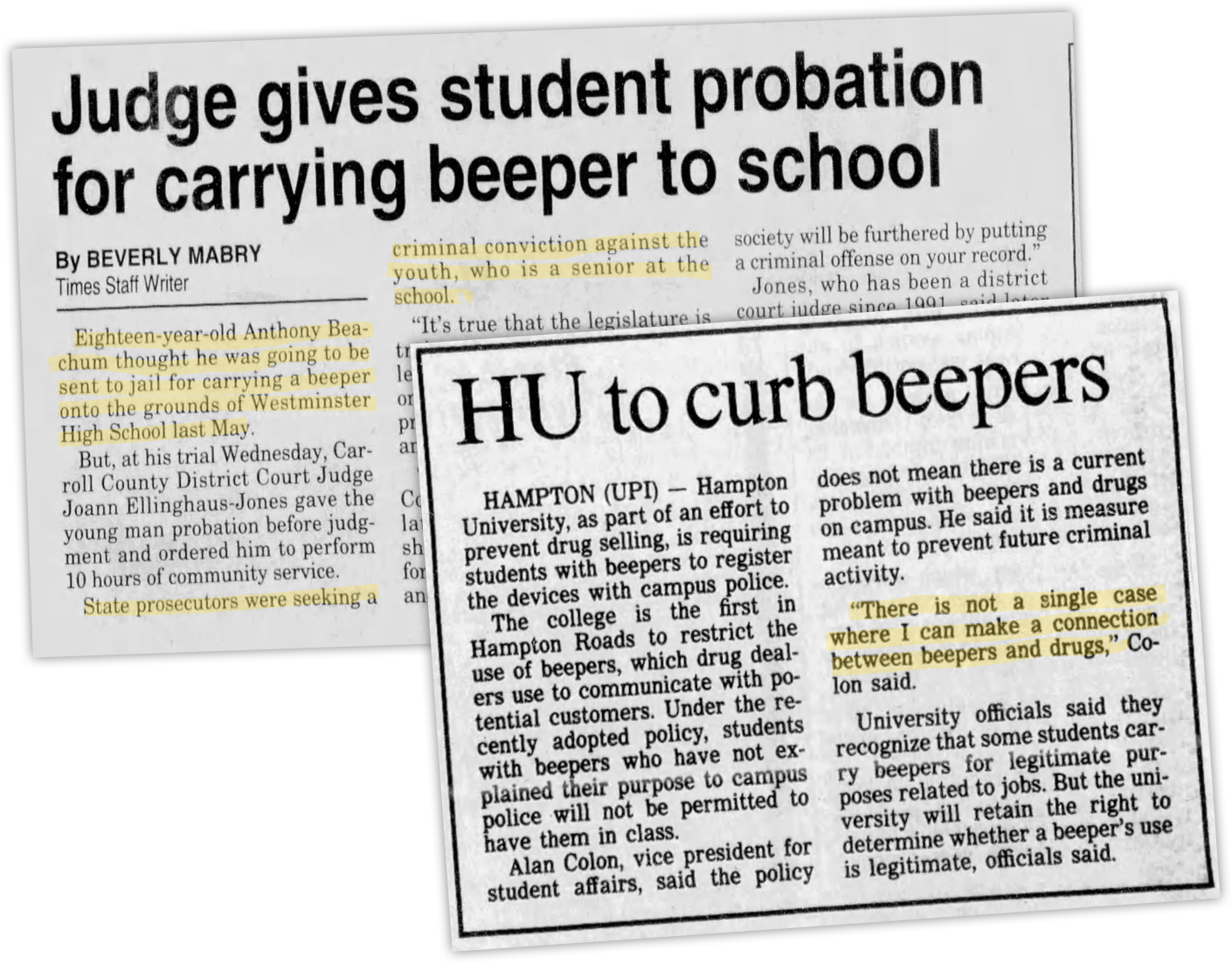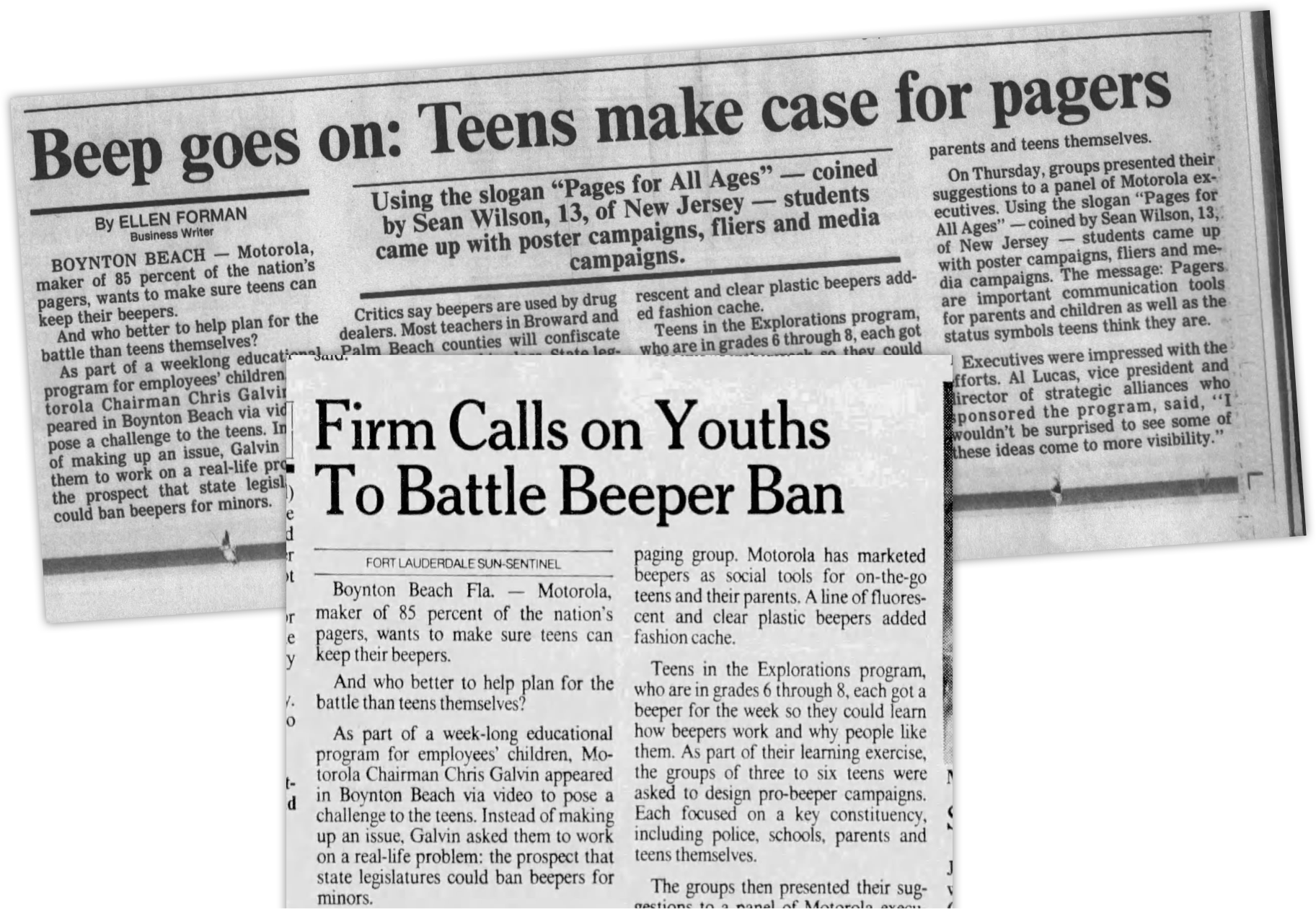Economic nationalism has plagued Africa since decolonization. In 2021, that is set to change.
On January 1, the long-awaited African Continental Free Trade Area (AfCFTA) came into effect. Aside from the economic benefits that the arrangement will bring to the continent, Africa’s newfound support for free trade and liberalization marks a clear rejection of the socialist ideology that has tormented African politics for decades.
As it stands, 36 of the 55 African Union (A.U.) nations, including the regional economic powerhouses of Nigeria, South Africa, and Egypt (which together make up a third of the continent’s economy), have ratified the free trade area. Another 18 nations have indicated their support by signing the trade agreement and are expected to become full members soon. So strong is the appetite for free trade in Africa that Eritrea—often dubbed “Africa’s Hermit Kingdom”—is the only nation on the continent that remains reluctant to support the agreement.
Eritrea may eventually reconsider. Within 5–10 years, the AfCFTA will ensure that 90 percent of tariffs on goods traded between member states will be abolished. Within 13 years, 97 percent of all tariffs will be removed. By 2035, the World Bank has predicted, this enormous liberalization effort will boost Africa’s gross domestic product by $450 billion, increase wages for both skilled and unskilled workers by 10 percent, and lift more than 30 million people out of extreme poverty, defined as living on less than $1.90 per day. According to the same estimates, by 2035, the AfCFTA will see more than 68 million people rise out of moderate poverty, defined as living on $1.90–$5.50 per day. The “countries with the highest initial poverty rates,” the World Bank says, will see the “biggest improvements.”
The likely economic benefits of the AfCFTA are impressive. These rapid gains are ultimately a consequence of diverging from the economic nationalism that has kept much of the continent impoverished.
Africa’s turbulent relationship with socialism began in the late 1950s and early 1960s, when a plethora of newly independent states rejected the capitalist model. Many of the new leaders viewed capitalism and colonialism as synonymous. “In rejecting the capitalist attitude of mind which colonialism brought into Africa,” Julius Nyerere, the first president of Tanzania, said in 1963, “we must reject also the capitalist methods which go with it.”
In 1957, Ghana became the first African nation to achieve independence. Its leader, Kwame Nkrumah, a self-proclaimed “Marxian socialist,” suggested that only a “socialist transformation would eradicate the colonial structure of Ghana’s economy.” Before long, Nkrumah was encouraging other African states to seek independence so that they, too, could pursue the “complete ownership of the economy by the state.”
Many African leaders followed Ghana’s example. Sékou Touré of Guinea pursued “Marxism in African clothes,” banning all commercial activities not approved by the government. In Tanzania, the new constitution established the nation as a “socialist state” and pledged to “prevent the accumulation of wealth.” Léopold Senghor, the first leader of Senegal, said that after independence, Senegal would be guided “by Marx and Engels.”
The infatuation with socialism among Africa’s intelligentsia has meant that much of the continent’s economy has been mangled by central planning. For decades, debilitating policies such as price and wage controls, expropriation of private property, and inefficient state-owned enterprises were ubiquitous. The dev-astating human and economic costs imposed by these policies have filled the pages of many books.
As Free Africa Foundation President George Ayittey notes, the continent’s continuous love affair with socialism led to nothing but “economic ruin, oppression, and dictatorship.” Thanks to Africa’s recent turn toward liberalism, this abusive relationship may finally be over.
To highlight just how drastically outlooks have changed on the continent, it is worth comparing the A.U. to its predecessor, the Organization of African Unity (OAU). The OAU was set up in 1963 by Nkrumah, Nyerere, and several other socialist leaders. Nkrumah believed that “a united socialist Africa is a necessary condition for the realization of the African personality.” The organization’s founding members argued that the continent could prosper only by uniting behind socialism, rejecting the capitalist system, and disconnecting from the global economy. The OAU therefore was guided by a philosophy of “African socialism.”
By contrast, the A.U. has just implemented the world’s largest free trade area. In 2018, when the AfCFTA was introduced, Rwandan President Paul Kagame, then the union’s chairperson, described himself as an avid free-trader and an ideological disciple of Lee Kuan Yew, the first prime minister of free-trading Singapore. Similarly, the A.U.’s current chairperson, South African President Cyril Ramaphosa, has proclaimed that free trade will “unleash Africa’s economic potential.”
While there’s little doubt that socialism will continue to haunt some parts of the continent, it’s clear that, with the AfCFTA supported by 54 of the 55 A.U. member states, liberal ideas are beginning to gain traction on the world’s poorest continent. As African countries begin to embrace free trade, we can expect tens, if not hundreds, of millions of Africans to rise out of poverty in the coming years.
This first appeared in Reason.



